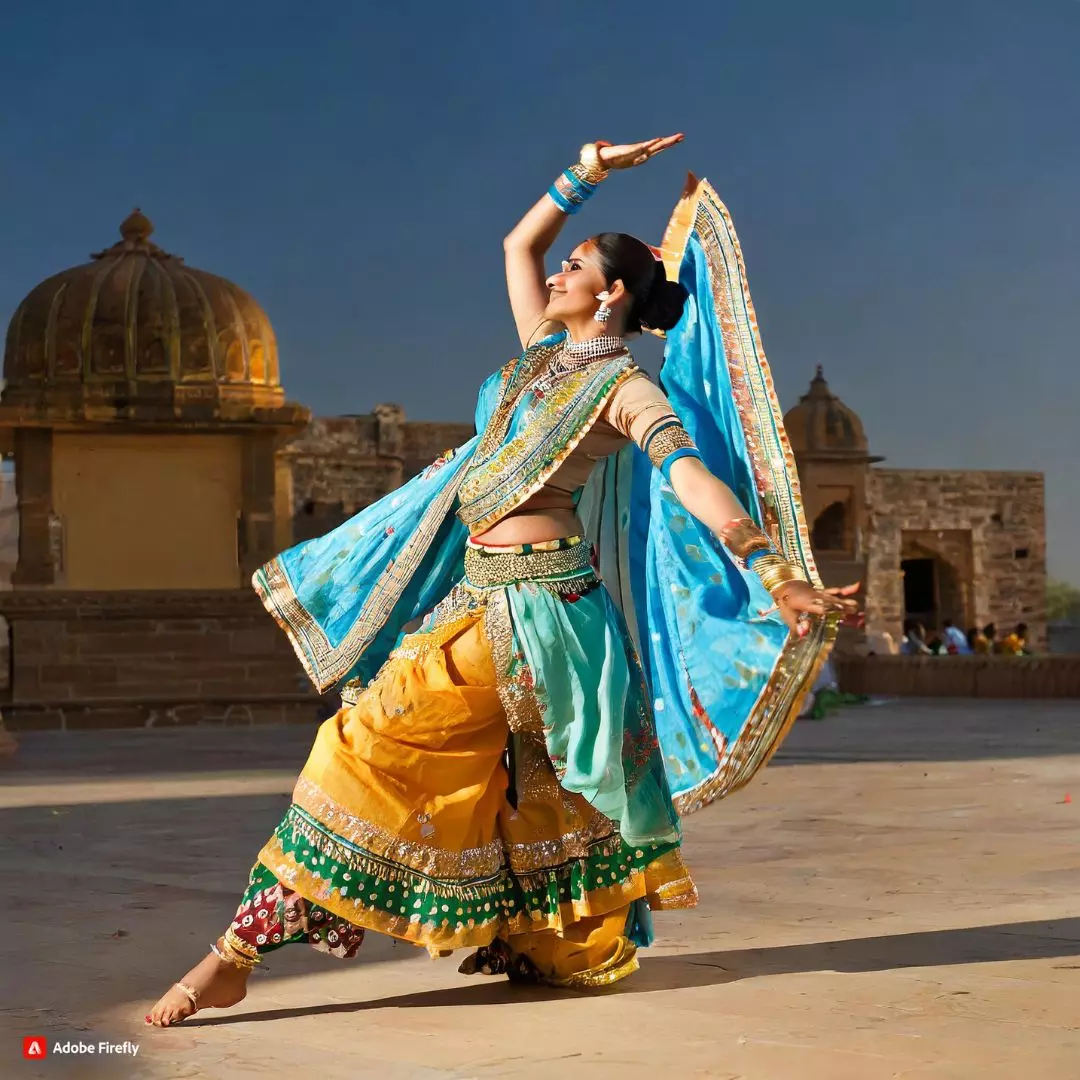Nestled in the heart of the Thar Desert in Rajasthan, India, the Kalbelia tribe, a community with roots steeped in snake charming, has given rise to a dance form that echoes the tales of tradition and resilience. The Kalbelia dance, an integral part of their cultural identity, paints a vivid picture of a community that has adapted its age-old practices to the changing socio-economic landscape.
The Kalbelias, followers of Sage Kanifnath, boast a rich history intertwined with snake charm. Divided into two main groups, Daliwal and Mewara, the Kalbelias were historically nomadic, moving from place to place. Traditionally engaged in catching snakes and trading venom, their dance movements and costumes mirror the sinuous elegance of serpents. Despite residing on the fringes of society, the Kalbelias possess a unique understanding of local flora and fauna, relying on herbal remedies for various ailments.
However, the enactment of the Wildlife Act of 1972 forced a shift from their traditional snake-handling profession. Today, the Kalbelias find a source of income in performing arts, with sporadic opportunities, often tied to tourism seasons.
Cultural Traditions and Practices
Cultural Hindus practising snake worship, the Kalbelias revere Nāga and Manasa, observing Naga Panchami as their holy day. Differing from mainstream Hindu traditions, Kalbelias bury their dead, and wedding customs involve a unique exchange of payments between the groom and bride’s families.
The Kalbelia dance, a Rajasthani folk dance, stands as a testament to the creative adaptation of the community to changing socio-economic conditions. Women, adorned in flowing black skirts, emulate serpent movements, complemented by male musicians playing traditional instruments such as the pungi, dufli, been, khanjari, morchang, khuralio, and dholak.
These captivating performances, enriched with folklore and mythology, find their roots in an oral tradition passed down through generations. In 2010, UNESCO recognized the Kalbelia folk songs and dances as part of the Intangible Heritage List, elevating this cultural treasure to a global stage.
The Kalbelia dance, with its intricate choreography and vibrant costumes, not only preserves the cultural essence of Rajasthan but also signifies the resilience of a community that has embraced change while staying true to its roots. As the dancers twirl and the musicians play, the Kalbelia dance continues to enchant audiences worldwide, ensuring that this unique cultural heritage remains a living testament to the spirit of Rajasthan.
Also Read: Unveiling The Transformative Influence Of Pet Companionship On Mental Health











